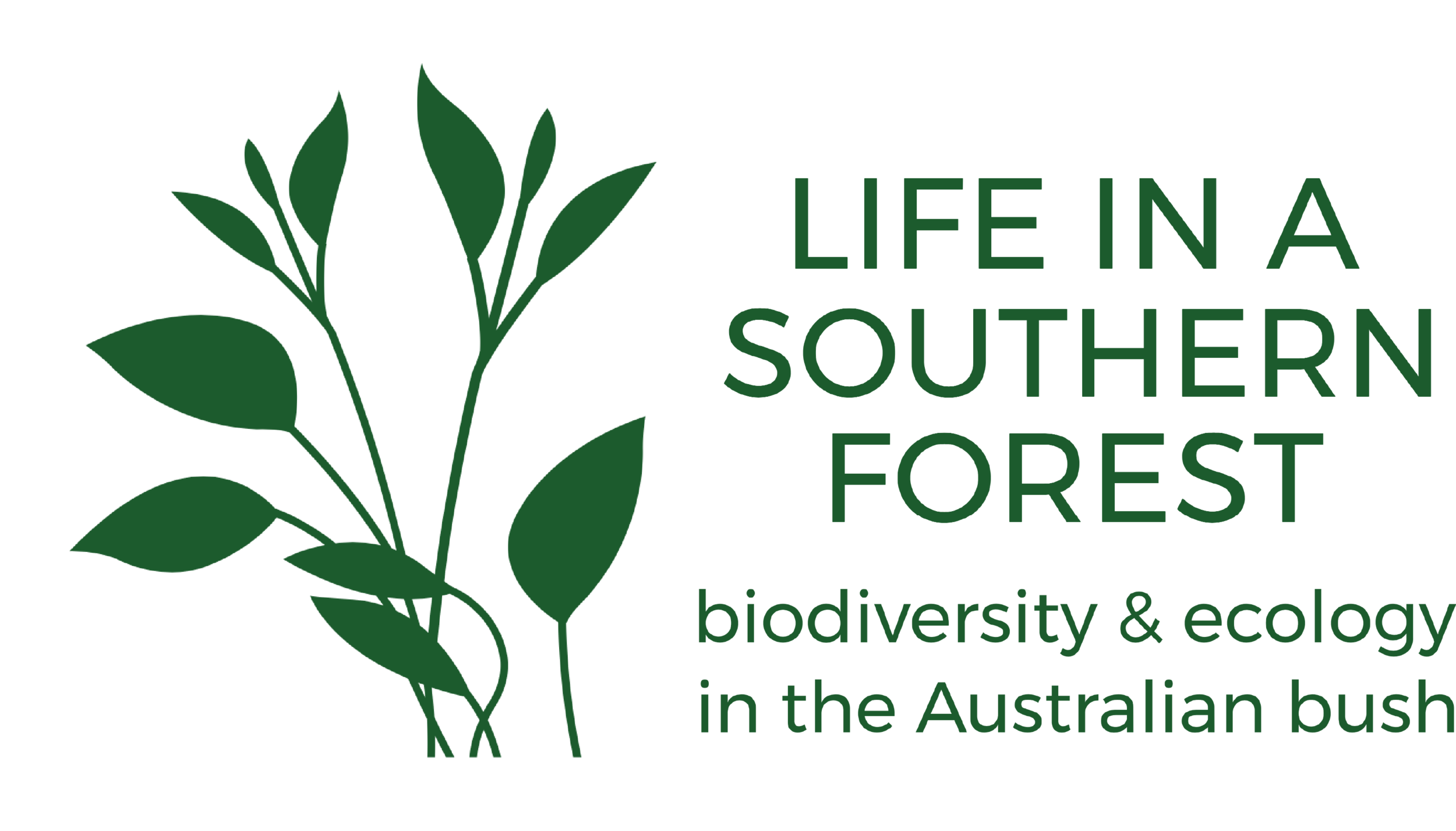









distinguishing the sexes
In addition to the slender shape, males are identified by the number of visible tergites: 7, rather than the 6 of females.

distinguishing the sexes
The number of antennal segments also differs between the sexes. Males have a total of 13 segments (cf females 12). However, as the flagellomeres are particularly short in these wasps, counting segments in field photos will prove challenging.

size comparisons
Males closely resemble females but are smaller and more slender-bodied.
Forewing length (a commonly used indicator of body size):
female 2412B= 5mm
male 2511B = 3.5mm
male 2511F = 4mm

size
This is the smallest of the males collected, with an overall length of around 5mm.

size
2511F was the largest male collected, with an overall length around 6mm.

forewing venation
Pseudoturneria have:
Forewing:
- marginal cell largely truncated
- basal segments of the submarginal cell in a ratio close to 5:4 (ie just slightly beyond the midpoint)
Hindwing:
- jugal lobe (solid arrow) as long or longer than the submedian cell (broken arrow)

head shape & ocellar triangle
Pseudoturneria have:
- ocelli in a moderately high triangle, the anterior ocellus smaller
- subrectangular head
- naked eyes
- relatively short flagellomeres … males with 11 flagellomeres and withour remarkable deformations
- pronotal collar non-keeled, short, well-rounded

frons & scapal basin shape
Pseudoturneria have:
- scapal sinus smooth, shiny, moderately concave, without lateral or dorsal carina; separated from eyes by a narrow, pubescent space

face & clypeus shape
Pseudoturneria have:
- inner orbits converge towards the clypeus
- zero or minimal eye-antennal insertion distance; short inter-insertion distance

genae & propleuron
Pseudoturneria have:
- genae simple
- propleuron simply conical

mesopleural architecture
Pseudoturneria have:
- - wide, flat perpectus forming a perpendicular plane to flat omaulal area
- omaulus strong
- episternal sulcus wide & crenulate
These features distinguish Pseudoturneria from those Rhopalum species that have a much reduced peduncle.

mesopleural architecture
Pseudoturneria have:
- wide, flat perpectus forming a perpendicular plane to flat omaulal area
- omaulus strong
- episternal sulcus wide & crenulate
- verticaulus (precoxal carina) absent

propodeum structure
Pseudoturneria have:
- anterior furrow wide & deep, strongly crenate
- dorsal surface sculpted, sometimes strongly reticulate
- dorsal & lateral surfaces separated by keel, evident from the stigmata
Pseudoturneria territorialis have:
- propodeum enclosure (dorsal surface) entirely reticulate-areolar
- scutum & scutellum not glossy (regularly punctate, without large intervals)

metasoma/gaster shape
Pseudoturneria have:
- very thin lateral carina on tergite I
- tergite II basally depressed
- following segments regular, more of less oblong in male (oval in female) (presume this refers to dorsal view)

metasoma/gaster shape
Pseudoturneria have:
- gaster subsessile due to a very clear constriction between segments I and II of metasoma
- segment I thick, relatively short
Pseudoturneria territorialis have:
- gaster largely black, but at least one segment mainly orange
- in the type and most examples, TI is orange while TII-TVI are deep black
- there is a tendency towards blackening at the base of TI
- note that some males have more extensive orange on the gaster (e.g. a series from SA)

pygidium
Pseudoturneria have:
- pygidial area of male trapezoidal, well edged, very flat, punctated

metasomal sternites (+ leg III) colouration
In Pseudoturneria turneria males:
- sternites TII to TVI are generally black, but in some they may be ‘thinned’ and vaguely ferruginous
- tarsomeres II-IV of leg III are darkened (cf. P. couloni)


























